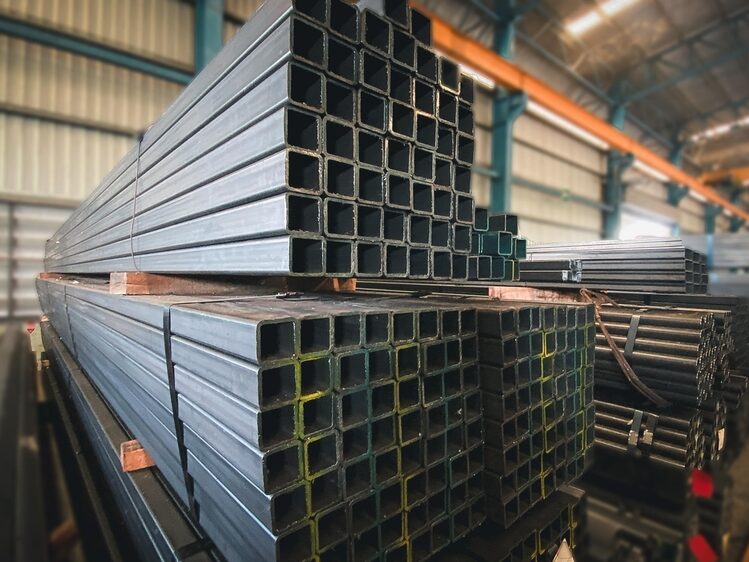In construction and industrial projects, choosing the right pipe is not just a matter of selecting size or material. The pipe schedules and thickness play a pivotal role in determining the performance, safety, and longevity of your piping systems. These specifications help guarantee the pipe can handle various pressures, temperatures, and environmental conditions.
What Does “Pipe Schedule” Mean?
A pipe schedule refers to the wall thickness of a pipe. It is a standardized way to measure the pipe’s ability to withstand internal pressures. While the outer diameter of a pipe remains consistent, the wall thickness varies based on the schedule. This variation directly impacts the pipe’s strength and performance.
Common pipe schedules include Schedule 40 and Schedule 80, but there are also specialized options like Schedule 120 and higher for extreme conditions. Thicker-walled pipe (higher schedules) can handle higher pressures, making them indispensable in industries such as oil and gas, chemical processing, and power generation.
Understanding Pipe Thickness
The wall thickness of a pipe determines its strength, durability, and ability to resist external forces. For example:
- Thicker pipe are more resistant to bursting and collapsing, making them ideal for high-pressure systems.
- Thinner pipe, while lighter and more affordable, are better suited for low-pressure applications, such as residential plumbing.
Choosing the correct pipe thickness ensures a safe and efficient system. Explore options that align with your project’s requirements in our inventory.

Common Pipe Schedules and Their Applications
- Schedule 120 and Beyond: High-pressure environments, such as nuclear plants or specialized machinery, often require pipe with extreme thickness. Schedule 120 and higher are engineered to withstand the most demanding conditions.
- Schedule 80: Designed for medium to high-pressure systems, Schedule 80 pipe is thicker and more robust than Schedule 40. These are commonly used in chemical processing plants, industrial water lines, and heavy-duty equipment manufacturing.
- Schedule 40: This is the most widely used schedule, suitable for light-duty tasks like residential plumbing and irrigation systems. It offers an ideal balance between strength, weight, and cost, making it a go-to choice for general applications.
Why Pipe Schedules and Thickness Matter
Understanding pipe schedules and thickness is critical for several reasons:
- Safety: In industrial environments, the wrong pipe thickness can result in catastrophic failures, endangering lives and property.
- Cost-Effectiveness: Choosing a pipe that meets—but does not exceed—your needs prevents unnecessary expenses.
- Performance: Incorrect specifications can lead to inefficiencies or failures, such as leaks, bursts, or structural collapse.
How to Choose the Right Pipe
When selecting a pipe for your project, consider these factors:
- Pressure and Temperature: High-pressure or high-temperature environments demand pipe with thicker walls.
- Material: Materials like stainless steel or carbon steel offer unique benefits, such as corrosion resistance or affordability.
- Industry Standards: Ensure the pipe complies with relevant codes and regulations for your industry.
Avoiding Common Pitfalls
One of the most common mistakes is underestimating the required wall thickness for a given application. Pipe that is too thin for their intended purpose are prone to failure, leading to costly repairs and downtime. Engineers rely on precise measurements and pressure ratings to ensure the chosen pipe meets the demands of the system.
Selecting the right pipe schedule and thickness is essential for the success of your project. Whether you’re working with high-pressure systems or standard applications, having the right pipe ensures safety, efficiency, and longevity. At Bigfoot Pipe and Piling, we provide a wide range of pipe options to meet your specific needs. Contact us today to speak with an expert and find the perfect solution for your next project!

